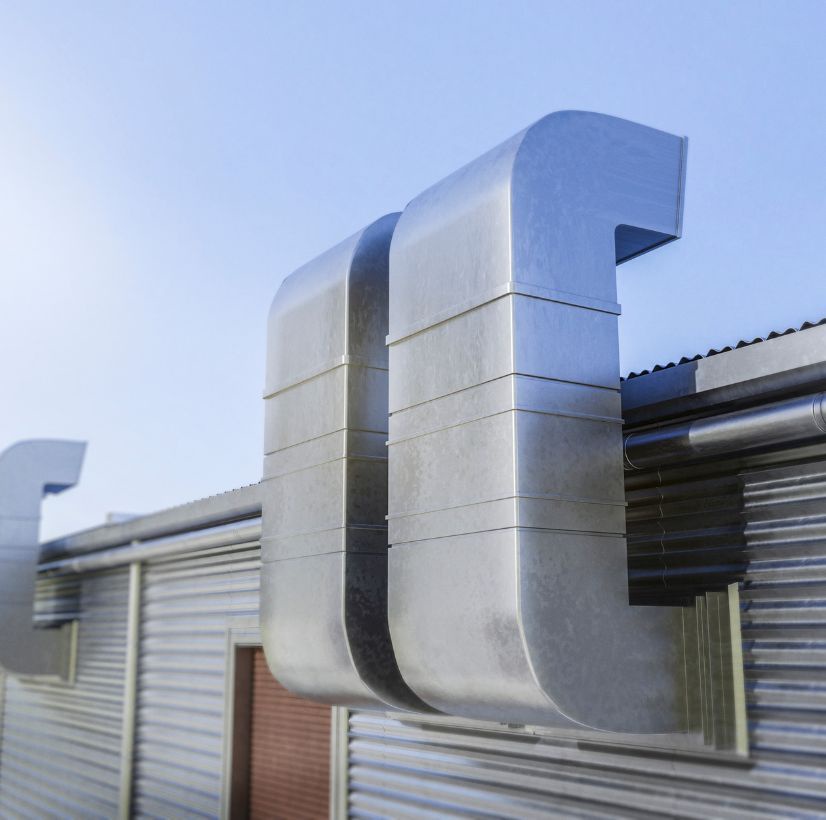Introduction:
Coolrooms are essential for businesses in industries such as food and beverage, hospitality, and pharmaceuticals, providing a controlled environment for storing temperature-sensitive goods. Proper installation of a coolroom is crucial to ensure its functionality, efficiency, and longevity. In this step-by-step guide, we will walk you through the process of coolroom installation, from planning and preparation to finalizing the setup, to help you achieve a successful installation.
-
Planning and Design:
The first step in coolroom installation is thorough planning and design. Assess your specific requirements, such as the size and capacity of the coolroom, temperature range, and storage needs. Consider the available space, access points, and any regulatory requirements or building codes that need to be met. Engage with experienced professionals to develop a detailed plan and design that meets your specific needs.
-
Site Preparation:
Preparing the site for coolroom installation is crucial to ensure a stable and secure foundation. Clear the area of any obstructions and ensure a level surface. If necessary, consult with construction professionals to make any necessary adjustments to the site, such as leveling the ground or reinforcing the floor to support the weight of the coolroom.
-
Coolroom Construction:
Next, the coolroom construction begins. This involves assembling the structural components, including walls, ceiling, and flooring. Follow the manufacturer's instructions carefully and ensure that all components are properly aligned and secured. Pay attention to insulation to maintain the desired temperature inside the coolroom and prevent heat transfer from the outside.
-
Electrical and Plumbing Connections:
Once the coolroom structure is in place, the next step is to connect the electrical and plumbing systems. Work with licensed electricians and plumbers to ensure safe and compliant installations. Install appropriate wiring for lighting, temperature control systems, and any other electrical components. Connect the plumbing for drainage and water supply if required.
-
Door Installation and Sealing:
Install the coolroom doors, ensuring they are properly aligned, secure, and fitted with airtight seals. The doors play a critical role in maintaining the desired temperature inside the coolroom and preventing energy loss. Test the functionality of the doors, including opening and closing mechanisms, and ensure they create a tight seal to prevent air leakage.
-
Temperature Control Systems:
Integrate temperature control systems into the coolroom. This may include installing refrigeration units, thermostats, and monitoring devices to regulate and maintain the desired temperature range. Follow the manufacturer's instructions for installation and calibration to ensure accurate temperature control and efficient operation.
-
Final Inspection and Testing:
Before finalizing the coolroom installation, conduct a thorough inspection and testing process. Ensure all components are properly installed, sealed, and functioning as intended. Test the temperature control systems, electrical connections, and overall functionality of the coolroom. Address any issues or deficiencies identified during the inspection.
-
Ongoing Maintenance and Monitoring:
Once the coolroom installation is complete, establish a routine maintenance and monitoring schedule. Regularly inspect and clean the coolroom, including the refrigeration system, seals, and insulation. Monitor temperature and humidity levels to ensure optimal conditions for the stored goods. Schedule regular maintenance with qualified technicians to address any potential issues promptly.
Conclusion:
Coolroom installation requires careful planning, attention to detail, and adherence to safety and regulatory standards. By following this step-by-step guide, you can ensure a successful installation of a functional and efficient coolroom. Proper installation will not only provide optimal storage conditions for temperature-sensitive goods but also contribute to the longevity and reliability of the coolroom, supporting the smooth operation of your business.


No comments yet